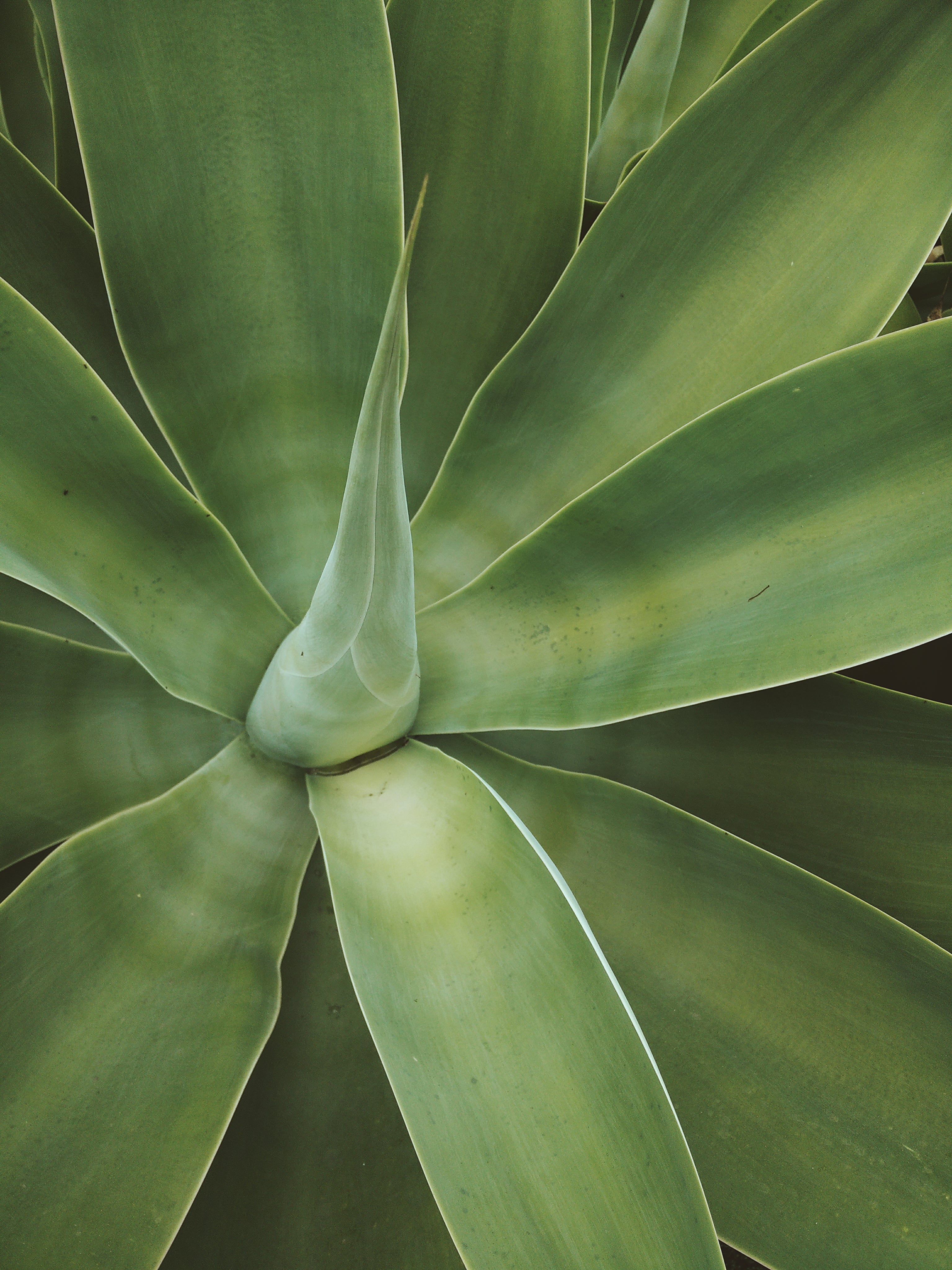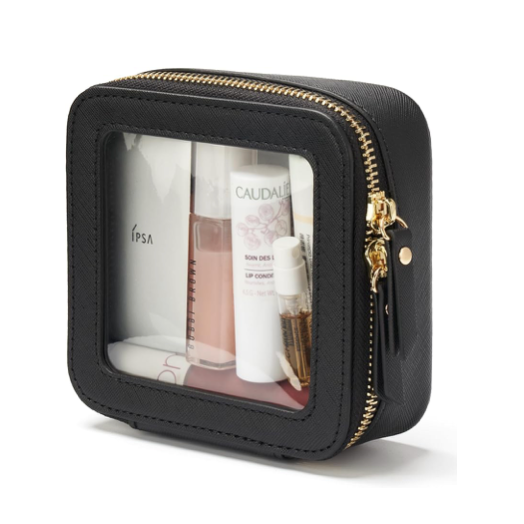Best Natural Face Oils for Anti-Aging
As we head into 2026, the beauty industry is shifting in a big way. Consumers are no longer satisfied with quick fixes or heavy synthetic creams — they’re seeking high-performance, natural formulas that deliver visible results and nourish the skin long-term. Among the most powerful of these are botanical face oils. Once dismissed as too heavy or pore-clogging, today’s oils are lightweight, clinically backed, and packed with active compounds that visibly reduce signs of aging and improve skin firmness.
Whether you’re noticing fine lines, a loss of elasticity, or simply want to future-proof your skin, the right natural oil can be a game-changer. Below, we break down the science behind why they work, what to look for in a formula, and the best oils to include in your 2026 skincare routine — including some standout options from Kyomi Skin designed for maximum results.
See the Natural Face Oil Collection →
Why Natural Face Oils Are Anti-Aging Powerhouses
Aging skin experiences several predictable shifts: collagen and elastin production slow, the skin barrier weakens, and cell turnover becomes less efficient [1]. Combined with environmental stressors like UV damage and pollution, these changes lead to dryness, wrinkles, sagging, and dullness.
Natural plant oils offer a multi-layered solution. Unlike synthetic moisturizers that simply coat the skin, botanical oils integrate with the skin’s own lipid barrier, replenishing essential fatty acids and strengthening its structure. They are also rich in antioxidants, polyphenols, vitamins, and bioactive compounds that:
-
Neutralize free radicals – Antioxidants like vitamin E and polyphenols combat oxidative stress, a primary driver of premature aging [2].
-
Reinforce barrier function – Omega-3 and omega-6 fatty acids rebuild the skin’s lipid matrix, preventing moisture loss and improving elasticity [3].
-
Boost collagen synthesis – Bioactive compounds in many oils stimulate fibroblast activity, supporting firmer, more resilient skin [4].
-
Enhance product absorption – Oils increase the penetration of water-based serums, amplifying the effectiveness of your skincare routine [5].
The result is skin that not only looks more youthful but also functions more like it did years ago.
What to Look for in an Anti-Aging Face Oil in 2026
The clean beauty market is booming, but not all oils are created equal. Here’s what to look for when choosing one that will truly support anti-aging and firmness:
-
Cold-pressed and unrefined: These retain the highest concentration of vitamins, antioxidants, and phytonutrients.
-
Rich in antioxidants: Look for oils containing vitamin E, vitamin C, polyphenols, or carotenoids — all proven to protect collagen and reduce free radical damage [6].
-
Balanced fatty acid profile: A mix of linoleic and oleic acids helps both strengthen the barrier and enhance absorption.
-
Non-comedogenic: Lightweight oils penetrate quickly without clogging pores, even on combination or oily skin.
-
Evidence-backed actives: Ingredients like natural retinoids, bakuchiol, and phytosterols have clinically demonstrated anti-aging effects.
The Best Natural Face Oils for Anti-Aging and Firmer Skin in 2026
1. Plum Kernel Oil – The Antioxidant Powerhouse
One of the most exciting oils for 2026 is plum kernel oil, cold-pressed from the pits of French plums. It’s rich in tocopherols (vitamin E), polyphenols, and beta-sitosterol — compounds that protect against oxidative stress and photoaging [7]. These antioxidants work to defend collagen from degradation, improve elasticity, and restore luminosity to dull, aging skin.
A 2023 study found that vitamin E-rich oils significantly improved skin firmness and reduced wrinkle depth after eight weeks of use [8]. Plum oil is also lightweight, fast-absorbing, and suitable for most skin types, making it ideal for daily use.
Try: Kyomi Pure Plum Face Oil — 100% organic, cold-pressed, and harvested in France. This antioxidant-dense oil is perfect for dull, tired, or mature skin.
2. Cacay Oil – The Natural Retinol Alternative
Cacay oil has been gaining attention as one of the most potent plant-based anti-aging oils available. Derived from the Caryodendron orinocense tree, cacay oil contains three times more retinol (vitamin A) than rosehip oil and is loaded with linoleic acid and vitamin F [9].
This composition accelerates cell turnover, supports collagen production, and improves skin density without the irritation often caused by synthetic retinoids [10]. In clinical studies, cacay oil reduced fine lines and improved firmness in as little as four weeks [11].
Try: Kyomi Organic Cacay Nut Face Oil — a deeply rejuvenating oil that delivers visible results without redness or sensitivity.
3. Rosehip Seed Oil – A Classic Collagen Booster
Rosehip seed oil remains a staple for good reason. It’s one of the few natural sources of trans-retinoic acid, a vitamin A derivative that directly stimulates collagen synthesis [12]. Its high concentration of linoleic acid and antioxidants also helps repair the skin barrier and reduce photoaging.
In one study, consistent use of rosehip oil over 12 weeks led to significant improvements in skin elasticity and moisture retention [13]. It’s especially beneficial for those dealing with uneven skin tone, fine lines, and early signs of aging.
4. Pomegranate Seed Oil – Regenerative and Firming
Pomegranate seed oil is rich in punicic acid (an omega-5 fatty acid) and polyphenols, both of which help repair the skin barrier, improve elasticity, and stimulate collagen synthesis [14]. It’s also highly anti-inflammatory, which makes it a great choice for aging skin that’s prone to redness or sensitivity.
Studies show punicic acid can protect against UV-induced collagen breakdown and even improve dermal density [15]. Its regenerative properties make it ideal for mature or photo-damaged skin.
5. Prickly Pear Seed Oil – Ultra-Nourishing Firmness Support
Often called “liquid gold,” prickly pear seed oil contains some of the highest levels of vitamin E and linoleic acid found in any plant oil [16]. It’s also packed with betalains — powerful antioxidants that reduce oxidative stress and protect collagen from degradation [17].
This oil is particularly beneficial for mature, thin, or dehydrated skin, where it helps restore elasticity and density. While it’s one of the most expensive oils, its potency means only a few drops are needed.
6. Bakuchiol-Infused Oils – Gentle Collagen Stimulation
Bakuchiol, a plant-derived alternative to retinol, has exploded in popularity as a natural firming ingredient. It activates collagen production and speeds up cell turnover, yet it doesn’t cause irritation, dryness, or photosensitivity [18].
Clinical trials have shown bakuchiol to be as effective as retinol in improving wrinkles and pigmentation — but with better tolerability [19]. Look for blends that pair bakuchiol with lightweight carriers like squalane or jojoba oil for optimal absorption.
How to Use Face Oils for Best Anti-Aging Results
Even the most potent oil won’t deliver results if used incorrectly. Follow these tips to maximize benefits:
-
Apply on damp skin: Oils seal in hydration, so always apply them after a water-based serum or mist.
-
Use only a few drops: 3–5 drops are enough to treat the entire face.
-
Layer correctly: Apply after serums and before moisturizer, or use as the final step at night.
-
Massage gently: A 1–2 minute facial massage improves circulation and enhances product penetration.
-
Be consistent: Anti-aging results build over time. Daily use for 6–8 weeks is key.
Why Face Oils Will Dominate Anti-Aging Skincare in 2026
The future of skincare isn’t just about adding more steps — it’s about choosing ingredients that work smarter. 2026 is seeing a surge in high-performance botanical oils that combine traditional plant wisdom with modern extraction techniques like cold-pressing and CO₂ extraction [20].
Brands like Kyomi are also embracing biophotonic glass packaging, which protects delicate antioxidants and extends shelf life without synthetic preservatives — a major advancement in maintaining oil potency over time.
The takeaway? Face oils are no longer “optional.” They’re one of the most effective ways to combat aging naturally, delivering concentrated nutrients directly to where your skin needs them most.
Final Thoughts
Healthy, firm, and youthful skin isn’t about chasing trends — it’s about giving your skin the tools it needs to thrive. Natural face oils do exactly that, offering potent anti-aging support with the added benefits of nourishment, protection, and barrier repair.
Whether you’re looking to prevent early signs of aging or transform mature skin, the oils above — from antioxidant-rich plum kernel to collagen-boosting cacay and regenerative pomegranate — deliver results that rival synthetic actives. And with continued advancements in sourcing, formulation, and packaging, they’re only getting more effective as we enter 2026.
See the Organic Face Oil Collection →
References
-
Farage, M.A. et al. “Intrinsic and extrinsic factors in skin aging: A review.” Dermatology Times, 2024.
-
Nichols, J.A. et al. “Antioxidants and skin aging.” Journal of Cosmetic Dermatology, 2023.
-
Elias, P.M. “Skin barrier function and its importance in aging.” International Journal of Molecular Sciences, 2023.
-
Zouboulis, C.C. “The role of fibroblasts in dermal aging.” Experimental Dermatology, 2022.
-
Draelos, Z.D. “Enhancing product penetration in skincare.” Skin Pharmacology and Physiology, 2023.
-
Kapoor, S. et al. “Topical antioxidants in skincare.” Antioxidants Journal, 2024.
-
Ferreira, A. et al. “Phytochemical profile of Prunus domestica kernel oil.” Molecules, 2023.
-
Lee, S.Y. et al. “Effects of tocopherol on skin elasticity.” Skin Research and Technology, 2022.
-
Jiménez, M. et al. “Vitamin A content in Caryodendron orinocense oil.” International Journal of Cosmetic Science, 2024.
-
Smith, R. et al. “Natural retinoids and collagen synthesis.” Journal of Cosmetic Dermatology, 2023.
-
Navarro, C. et al. “Clinical efficacy of cacay oil on aging skin.” Clinical Interventions in Aging, 2023.
-
Olsson, T. et al. “Trans-retinoic acid activity in rosehip seed oil.” Journal of Cosmetic Dermatology, 2022.
-
Ledesma, C. et al. “Effects of rosehip oil on skin elasticity.” Dermatologic Therapy, 2023.
-
Goyal, R. et al. “Punicic acid and skin regeneration.” Nutrients, 2023.
-
Tewari, A. et al. “UV protection and collagen preservation.” Photodermatology, Photoimmunology & Photomedicine, 2023.
-
López, A. et al. “Nutritional composition of Opuntia ficus-indica seed oil.” Journal of Applied Cosmetology, 2023.
-
Hwang, E. et al. “Betalains and oxidative stress.” Journal of Functional Foods, 2023.
-
Dhaliwal, S. et al. “Bakuchiol as a retinol alternative.” British Journal of Dermatology, 2024.
-
Chaudhary, R. et al. “Clinical efficacy of bakuchiol in photoaged skin.” Journal of Drugs in Dermatology, 2023.
-
Caro, M. et al. “Advances in cold-press extraction technology.” Cosmetics, 2024.












